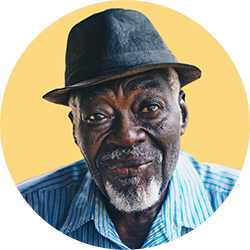Falls pose a serious health risk for residents living in senior housing communities. The good news is that falls are preventable. We’ve examined several important elements to get an effective fall prevention program up and running, and now I want to take a closer look at the important role of wearables and other devices.
Beyond grab bars, toilet safety frames and fall mats, the following options are the most common first line of defense when putting proactive measures in place.
Wearable fall detection devices
From old-school pendants to an Apple Watch, there are several wearable devices that alert caregivers to a fall, so they can quickly respond. These alerts are invaluable because falls can cause life-threatening issues and serious health complications if a resident isn’t cared for immediately. Keep in mind that it can be difficult to persuade residents to wear a pendant, and falls can happen in the middle of the night when they are not wearing a device.
Bed alarms
Since it is impossible to monitor a resident around the clock, bed alarms are a great way to alert care staff when a resident is getting up. They can assist the resident and even prevent wandering. It is important to note that false alarms can easily happen, such as an alarm going off when a resident tries to find a more comfortable position in bed, which can also result in alarm fatigue, as above.
As a resident’s health status evolves and progresses — especially for those adults who are living with dementia — more sophisticated tools and approaches can help monitor, reduce and prevent falls. In the coming weeks, we’ll share how fall prevention technologies have evolved from wearables and alarms and provide a comparison of how video and artificial intelligence-technology can elevate your fall management program beyond these wearables and devices and help initiate effective fall prevention action plans.
A well-rounded fall management program includes a wide range of devices and technology to keep residents safe. It is important to closely monitor a resident’s health status so you can decide which approach works best for the individual.
To learn more about how to prevent falls, visit SafelyYou’s Fall Huddle Resource Hub.





